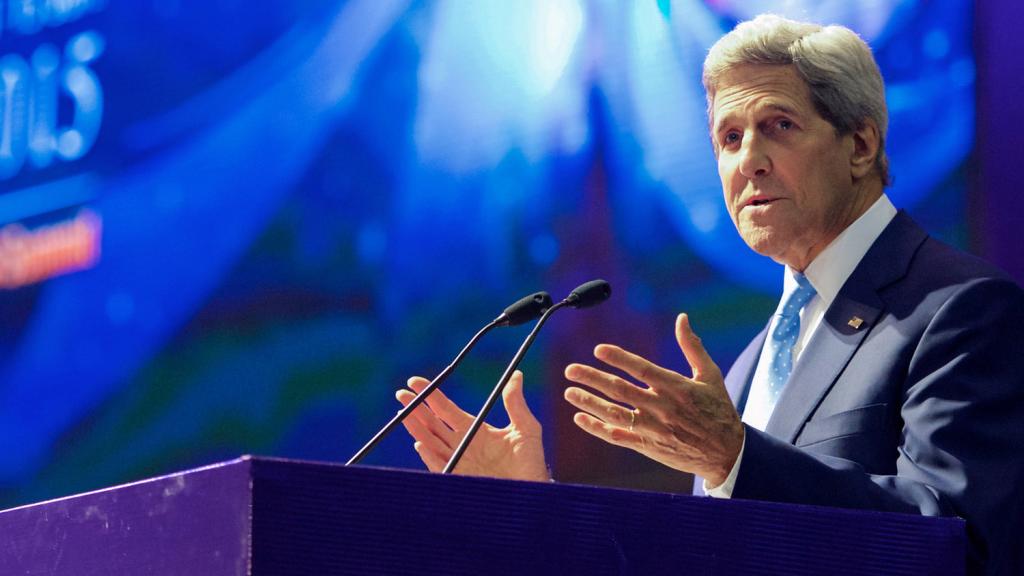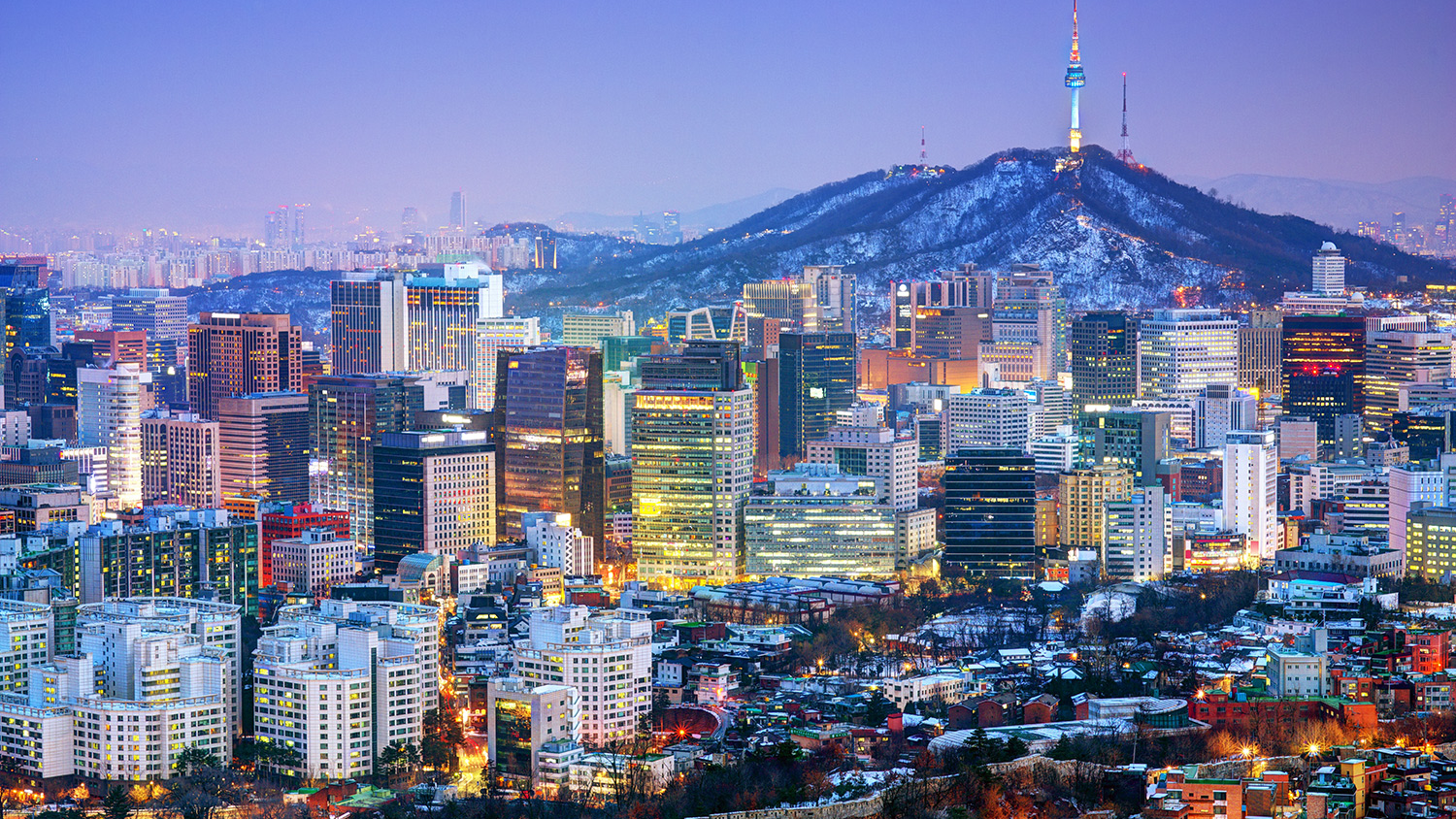Monday was the inaugural day of trading for South Korea’s new cap-and-trade market, the second biggest in the world behind the European Union’s. It applies to 525 of the country’s biggest polluters, which account for 66 percent of the country’s emissions that don’t come from vehicles. And it will help South Korea hit its goal of reducing greenhouse gas pollution 30 percent by the end of the decade. From Reuters:
Under the scheme, South Korea’s power generators, petrochemical firms, steel producers, car makers, electro-mechanical firms and airlines have been given a fixed amount of permits to cover their emissions for the next three years.
The government has set the total amount of allowed emissions for the 2015 to 2017 period at 1.687 million tonnes of carbon dioxide equivalent. Any company emitting more than they have permits to cover must buy allowances from others in the market.
South Korea is the world’s seventh largest annual emitter of greenhouse gases, after China, the U.S., India, Russia, Japan, and Germany.
Once China’s cap-and-trade system becomes fully operational in 2020, it is expected to surpass both South Korea’s and the E.U.’s to become the largest in the world.
As the Sightline Institute wrote back in November, carbon pricing is becoming increasingly popular worldwide. Maybe, someday, we’ll even have a national system in the United States …



